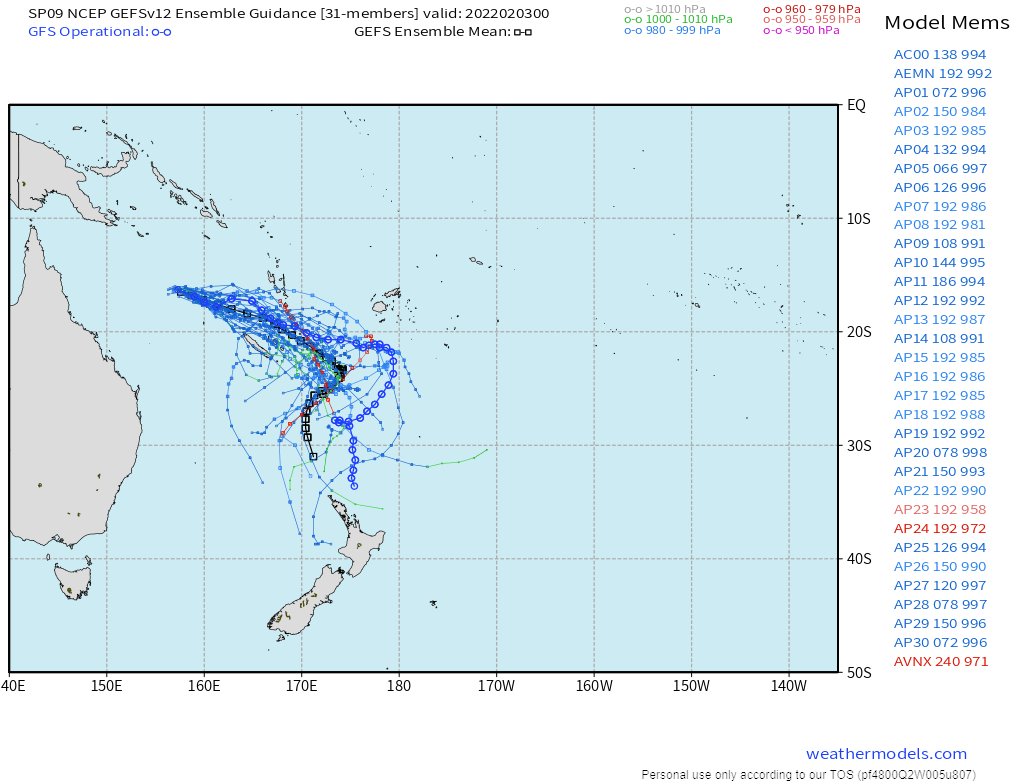
A satellite view over NZ this morning. Two massive atmospheric rivers are colliding over the Tasman sea and delivering rain in massive quantities over the South Island.
https://twitter.com/althecat/status/1488555189204402181
Zooming in to the satellite imagery we can see that this stream of clouds is a massive area of convective thunder storms sweeping in from the North.
And if you zoom in ven closer you can see these thunderstorms are crossing the Southern Alps from the look of things. [see zoom.earth/#view=-44.182,…] for live images.
This version incorporates radar rain data, all the loops are for six hours as the sun rises.
This final animated gif shows a 24 hour loop of satellite estimated precipitation from @meteoblue.
This is the #ExtremeWeather event for NZ that I have been worried about. Forecasts indicate this could last for at least four days.
This is the #ExtremeWeather event for NZ that I have been worried about. Forecasts indicate this could last for at least four days.
@meteoblue Stay safe NZ. Stay away from rivers. If living in low lying areas be ready to evacuate and follow the advice of civil defence.
This looks unprecedented to me. Last year's two storms in Canterbury and on the West Coast were are foretaste of this.
#ClimateChangeNow.
This looks unprecedented to me. Last year's two storms in Canterbury and on the West Coast were are foretaste of this.
#ClimateChangeNow.

Official NZ Radar imagery for this morning from Metservice.
https://twitter.com/MetService/status/1488575386883559424
/ENDS
@Threadreaderapp unroll
@Threadreaderapp unroll
• • •
Missing some Tweet in this thread? You can try to
force a refresh




















